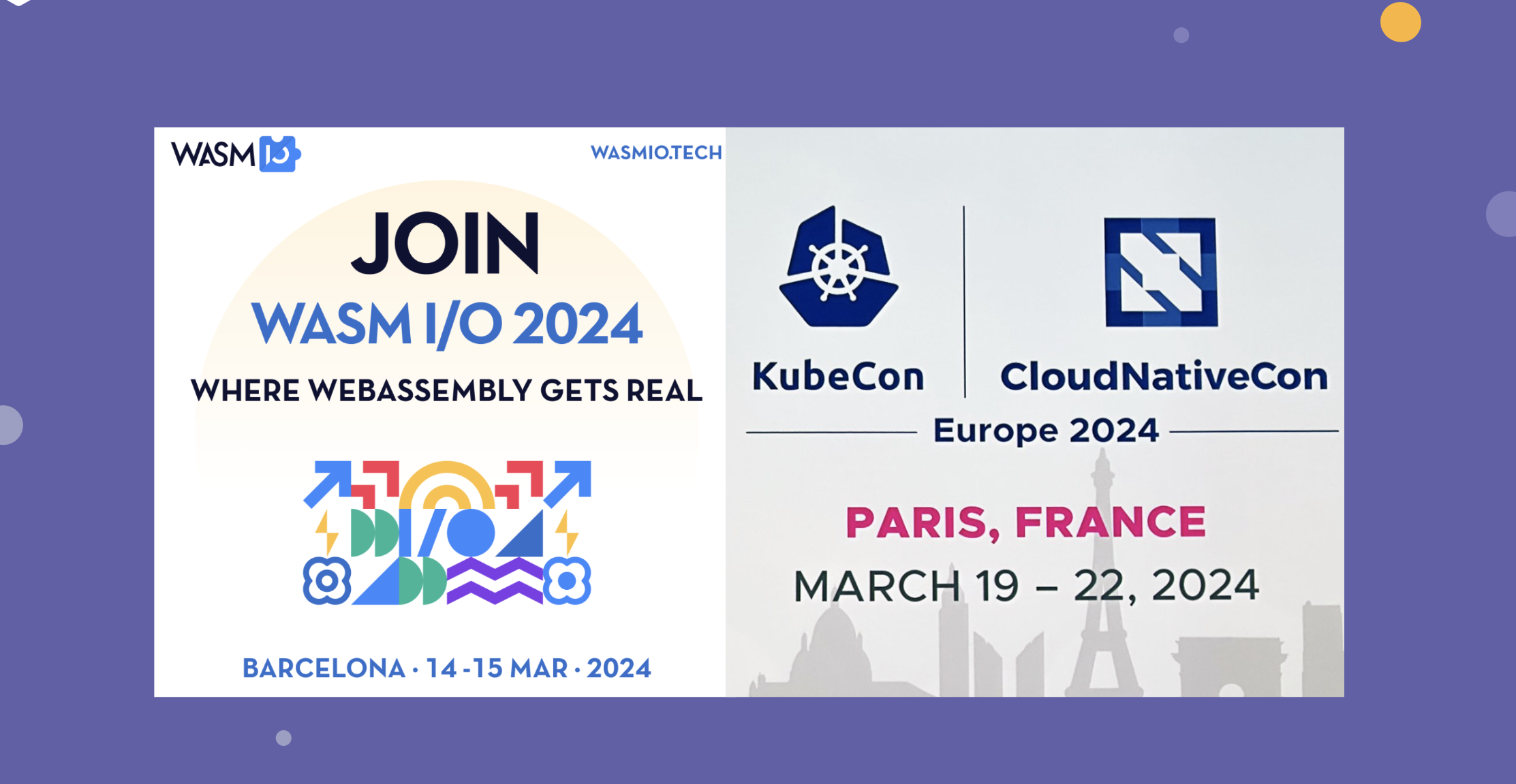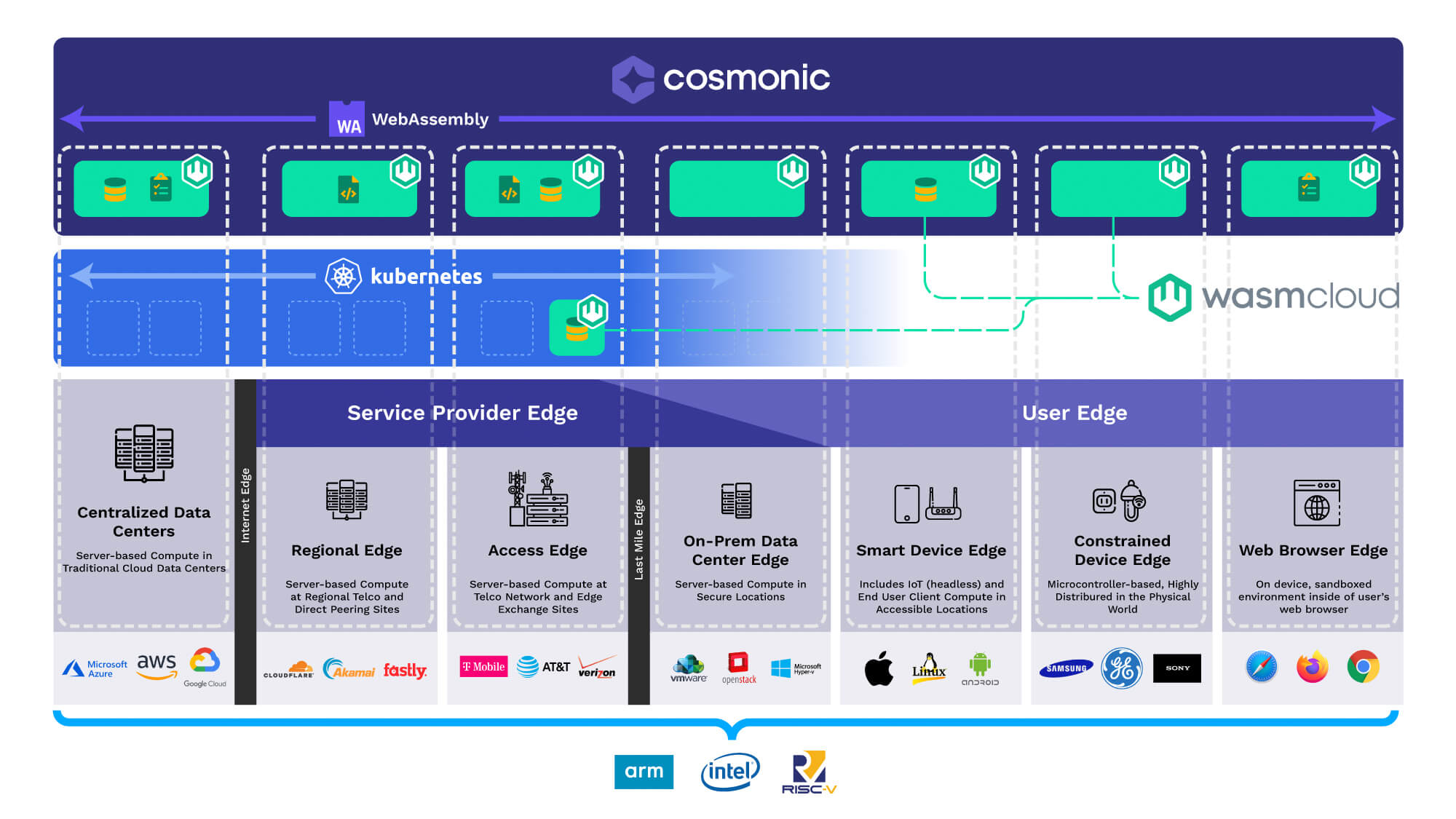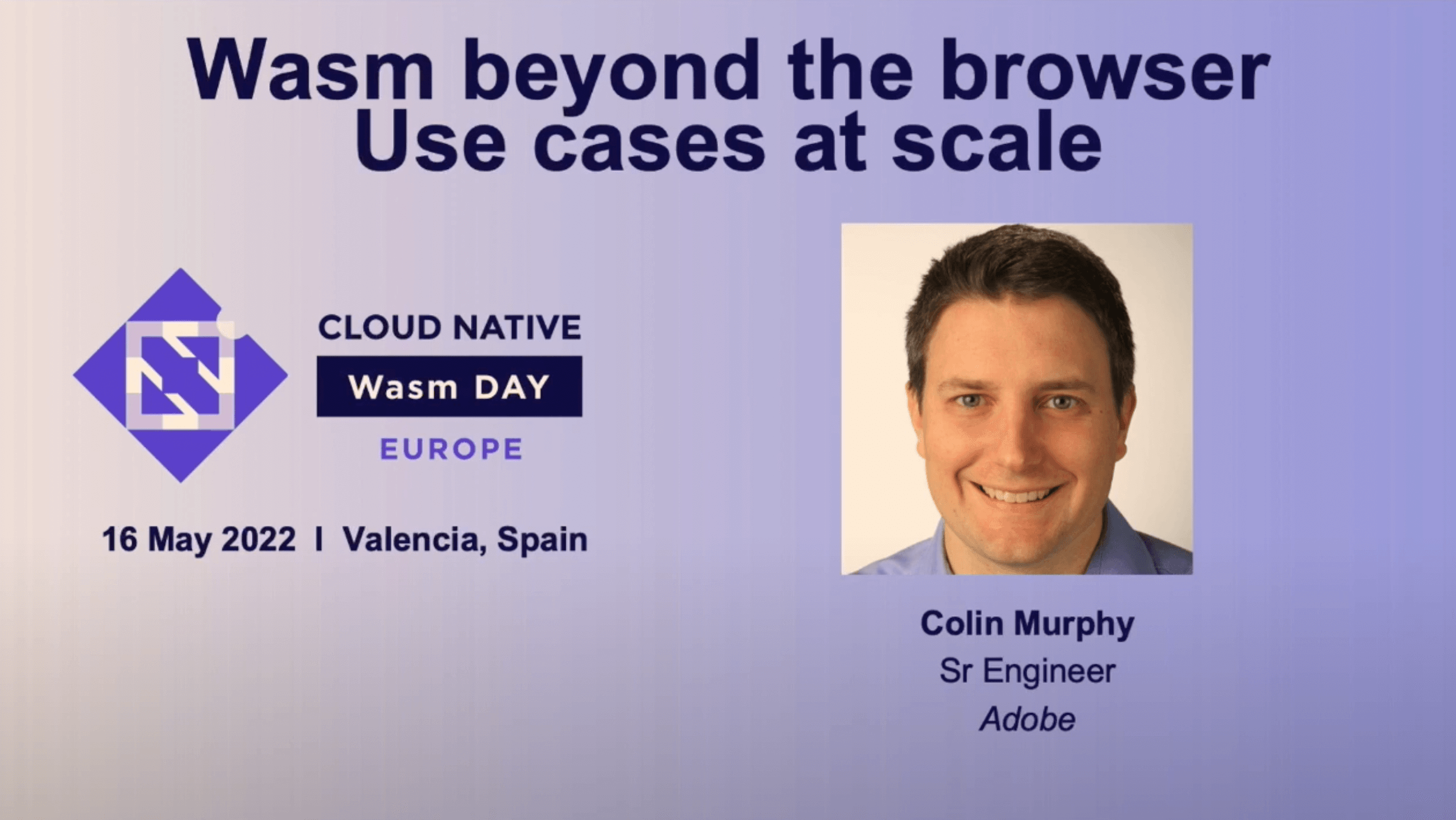Cloud Native Wasm Day (co-located with KubeCon + CloudNativeCon EU, 2024) is always a great event but this year was a little different. In 2024, discussions are turning from theory towards working with Wasm in practice, with companies in a variety of sectors sharing their experiences.
What's particularly exciting for us, as CNCF wasmCloud maintainers, is how quickly wasmCloud is being adopted. So many of this year's talks come from companies already working with wasmCloud---many in production. We've summarized all the talks from this year's event and recommend paying particular attention to presentations from wasmCloud community users Orange and Machine Metrics.











